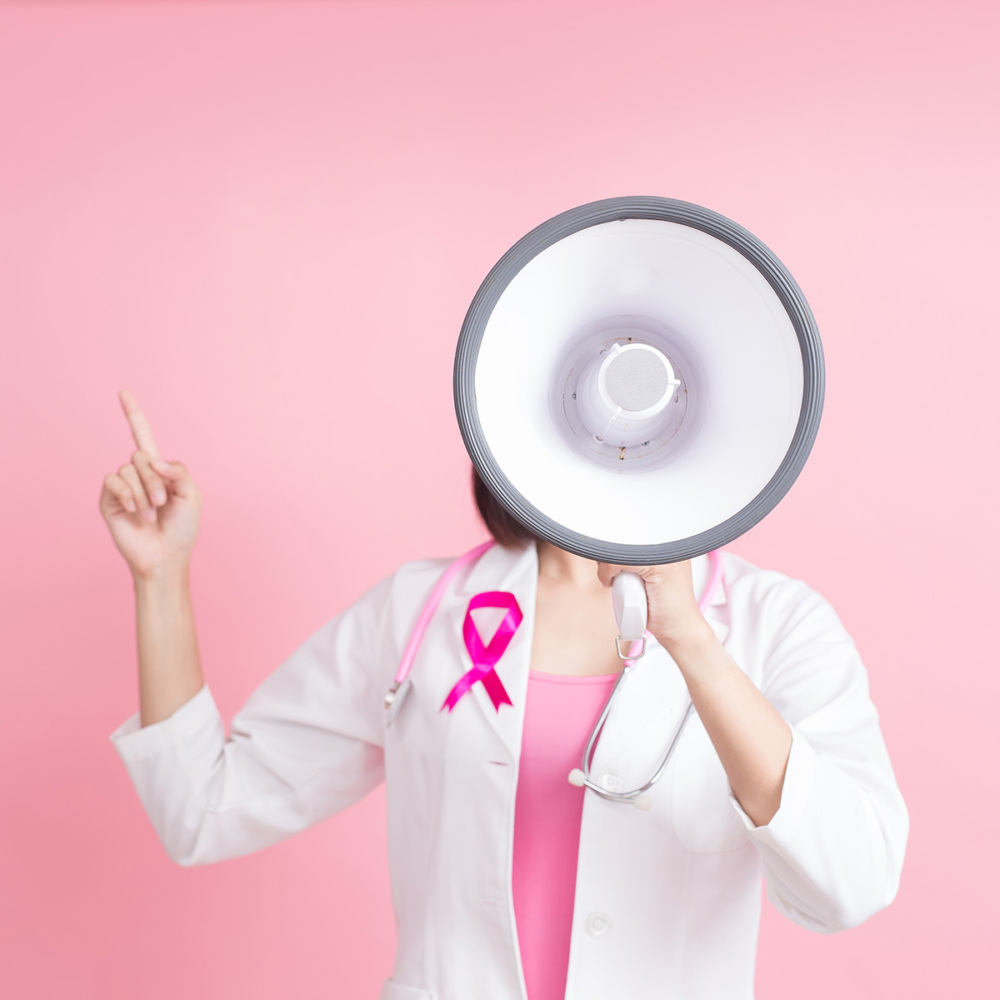40歳以上の女性の10人に1人は乳がん検診を受けたことがない

ふまたは即時リリース
キラ・マイスター
703-836-1746
kyra.meister@preventcancer.org
バージニア州アレクサンドリア – One in 8 women will be diagnosed with 乳癌 in their lifetime; however, this reality is even more startling when you consider the results of an 年次調査 から がん予防財団、これは 40歳以上の女性の10人に1人は乳がん検診を受けたことがありません。
このニュースは がん予防財団の2023年レポート 21歳以上のアメリカ人の65%が、1回以上の定期的ながん検診を受けていないと答えており、その中には乳がん検診を受けていない40歳以上の女性の3分の1も含まれている。1 多くの人は、がんが進行するまでその兆候や症状を経験しませんが、この研究結果と財団の初めての年次調査から得られた他の知見は、 早期発見調査 早期発見の重要性に関する教育の必要性を強調します。がんの早期発見は、治療の範囲が狭まり、治療の選択肢が増え、生存の可能性が高まることを意味します。
調査参加者は、費用を支払うことができないこと(31%)、症状がない(25%)を挙げている。2 乳がん検診を最新の状態に保つことができない主な理由として、がん診断への恐怖(22%)が挙げられています。さらに、乳がん検診を最新の状態に保つことができない女性の 16% は、スケジュールが忙しすぎる、仕事を休めないなどの理由で、最新の状態を保つことの障壁として時間を挙げています。
上記の障壁の一部は、健康の社会的決定要因 (SDOH)、つまり人々の生活環境における健康、幸福、生活の質に影響を与える条件の結果です。3 SDOH は個人の健康管理の過程に大きな影響を与え、定期的ながん検診などの保険や予防医療へのアクセスに影響を与える可能性があります。調査では、ヒスパニック系がこれらの要因の影響を不均衡に受けていることが強調されており、ヒスパニック系の参加者は、黒人参加者 (61%) や白人参加者 (63%) よりも乳がん検診の受診率が著しく低い (46%) と報告しています。
乳がんの発症率は白人の間で最も高いですが、研究によると死亡率は黒人の間で高いことが報告されており、格差をなくし、すべての人口層でより良い結果を達成するために継続的な研究と行動が必要であることを示しています。乳がんは、乳房の周辺領域に広がる前の早期段階で発見されれば、治癒の可能性が高くなります。推奨されているように定期的な検査を受けることは、米国で毎年 4 万人以上の命を奪っているこの病気からより良い結果を得るための鍵となります。
「乳がんを早期に発見してより良い結果を得るには、長い道のりを歩んできましたが、技術や治療法の向上を活かすためには、女性が乳がん検診を受ける必要があります」と、がん予防財団の CEO であるジョディ・ホヨス氏は語ります。「問題を理解し、人々が医者に行かない本当の理由を理解し、特定された問題に対処することで、検診率を高め、人々ががんに先手を打つ力をつけることができます。」
平均的なリスクの人々4 以下のスクリーニングガイドラインに従う必要があります。
25歳から39歳まで:3年ごとの健康診断
リスク評価、リスク軽減カウンセリング、臨床乳房検査のために、少なくとも 3 年に 1 回は医療提供者に相談してください。
40歳から:毎年の健康診断と2Dまたは3Dマンモグラフィー(乳房トモシンセシス)
リスク評価、リスク軽減カウンセリング、臨床乳房検査については、医療提供者に相談してください。平均的なリスクであれば、スクリーニング マンモグラフィーを毎年受けてください。スクリーニング検査の利点とリスクについて医療提供者と話し合い、どのスクリーニング方法が自分に適しているかについて話し合ってください。
更年期障害:ホルモン補充療法
ホルモン補充療法に伴う乳がんのリスクについては、医療提供者に相談してください。
リスクが高い場合は、若い年齢から毎年のマンモグラフィーと磁気共鳴画像(MRI)によるスクリーニングを開始することや、より頻繁にスクリーニングを受けることについて医療提供者に相談してください。
1この調査で研究されたがん検診は、乳がん、子宮頸がん、大腸がん、口腔がん、肺がん、前立腺がん、皮膚がん、精巣がんに関するものでした。
2がんの兆候や症状がない場合でも、ガイドラインに基づいた定期的なスクリーニングが、平均的なリスクの人々に推奨されます。症状は、がんが進行するまで現れないことがよくあります。 高度な ステージ。
3https://health.gov/healthypeople/priority-areas/social-determinants-health
4https://www.nccn.org/guidelines/guidelines-detail?category=2&id=1421
###
がん予防財団について®
がん予防財団® は 唯一の米国-ベース 非営利団体 専ら ひたむきな に 癌 予防と早期 検出. 研究、教育を通じて、 アウトリーチ およびアドボカシー, 私たちは、数え切れないほど多くの人々ががんの診断を回避したり、早期にがんを発見して治療を成功させるのを支援してきました。 私たちの原動力は がんが予防できる世界のビジョン 検出可能 そして打ち負かすことができる すべてのために.
財団は、2035年までに癌による死亡者数を40%減らすという課題に取り組むために立ち上がっています。これを達成するために、 私たちは がんを早期に発見し、進歩させるための革新的な技術に$20百万を投資することを約束 マルチがん検診、がん検診とワクチン接種へのアクセスを拡大するために$1000万 医学的に 十分なサービスを受けていないコミュニティを支援し、検査とワクチン接種の選択肢について一般の人々を啓蒙するために$1000万ドルを支出します。
詳細については、 がん予防.